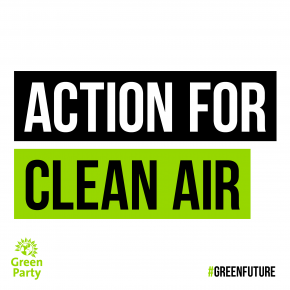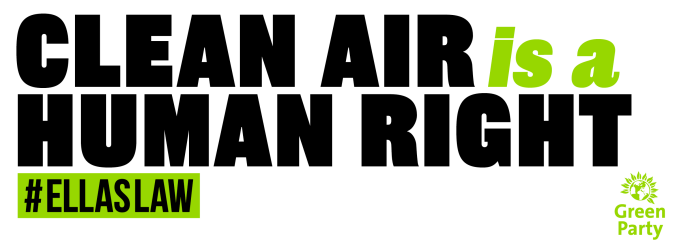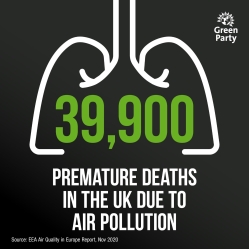The official website of the
North and West Oxfordshire
Local Party
of the
Green Party
of England and Wales
.
Serving members, supporters and citizens in the towns and villages around Cherwell and West Oxfordshire, including the following wards:
CHERWELL
- Adderbury, Bloxham and Bodicote
- Banbury Calthorpe and Easington
- Banbury Cross and Neithrop
- Banbury Grimsbury and Hightown
- Banbury Hardwick
- Banbury Ruscote
- Bicester East
- Bicester North and Caversfield
- Bicester South and Ambrosden
- Bicester West
- Cropredy, Sibfords and Wroxton
- Deddington
- Fringford and Heyfords
- Kidlington East
- Kidlington West
- Launton and Otmoor
WEST OXFORDSHIRE
Adderbury, Bloxham and
Alvescot and Filkins
- Ascott and Shipton
- Bampton and Clanfield
- Brize Norton and Shilton
- Burford
- Carterton North West
- Carterton South
- Chadlington and Churchill
- Charlbury and Finstock
- Chipping Norton
Ducklington
- Eynsham and Cassington
- Freeland and Hanborough
- Hailey, Minster Lovell and Leafield
- Kingham, Rollright and Enstone
- Milton under Wychwood
- North Leigh
- Standlake, Aston and Stanton Harcourt
- Stonesfield and Tackley
- The Bartons
- Witney Central
- Witney East
- Witney North
- Witney South
- Witney West
- Woodstock and Bladon
NOTE: Wards listed above in larger font have Green Councillors in 2025 local elections
---------------------
The search engine below will only search
the West Oxon Green Party Website.
Please note the first three or four results will be ads for other organisations. West Oxon Green Party earns no income from these ads, they are placed there by Google.,



Air pollution is one of the biggest health hazards and environmental threats of our time. It kills tens of thousands of people in the UK every year, speeds up climate change and is a major contributor to the biodiversity crisis.
It affects everyone in the UK but it affects the vulnerable - the young, the old, those with pre-existing health conditions - most. You can choose if you want to swim in our polluted rivers but you can’t opt out of breathing the polluted air around you.
Jenny Jones Clean Air Bill aims to protect people against air pollution by enshrining the right to clean air precisely and explicitly in UK law. It is named Ella’s Law as a tribute to nine-year-old Ella Kissi-Debrah who died from asthma in 2013 and was the first person in the UK to have air pollution listed as cause of death.
We need to get the Government to recognise clean air as a human right, take action and clean up the dirty air. That is the purpose of the bill introduced by the Green Party’s Jenny Jones.
If you would like more info about how air pollution locally watch our web page https://www.westoxon-greens.uk/-_-_air_pollution.html
If you would like to contribute to the Green Party’s campaign “Make every day clean air day” visit https://actionnetwork.org/fundraising/clean-air/
The impact of traffic air pollution in Witney
Witney continues to suffer from pollutants and toxic air at harmful levels in Bridge Street and on other congested roads.
Traffic is the biggest contributor to air pollution in the town. People want and need to move around the town freely, but also to avoid toxic fumes and congestion.
West Oxfordshire Green Party hosted an event at the Corn Exchange in 2019, which looked at the impact of pollutants to health, current plans and activities to tackle these, and to identify potential solutions to improve air quality in Witney.
Since then Witney Town Councillor Andrew Prosser has been putting pressure on the West Oxfordshire District Council to come up with an air quality plan to address the problems of air pollution at some of the routes in and around Witney.
It’s been 16 years since the District was forced to set up Air Quality Management Areas in both Witney and Chipping Norton.
We have yet to see any action plan for Witney and the 2008 plan for Chipping Norton has not been fully implemented. Meanwhile residents in both towns continue to inhale the polluted air and are exposed to the long-term consequences to health.
What are the two main types of air pollutant that cause environmental and health problems?
- Particulate matter (PMs). The most dangerous tiny particles of air pollution can penetrate deep into lungs and can even get into the bloodstream. Particulates worsen heart and lung disease. Fine particle air pollution is believed to be responsible for 29,000 early deaths a year in the UK.
- Nitrogen dioxide (NO2). A toxic gas that you might sometimes notice as an orange haze over a city. High levels of NO2 can cause a flare-up of asthma or symptoms such as coughing and difficulty breathing.
What are the impacts of air pollution on health?

According to the World Health Organisation, outdoor air pollution is a major cause of death and disease globally. The health effects range from increased hospital admissions and emergency room visits, to increased risk of premature death; mainly from heart disease, stroke, chronic obstructive pulmonary disease, lung cancer, and acute respiratory infections in children.
In children and adults, both short- and long-term exposure to ambient air pollution can lead to reduced lung function, respiratory infections and aggravated asthma. Maternal exposure to ambient air pollution is associated with adverse birth outcomes, such as low birth weight, pre-term birth and small gestational age births. Emerging evidence also suggests ambient air pollution may affect diabetes and neurological development in children.
According to Asthma UK, children and young adults with asthma are more at risk from the effects of pollution because they have faster breathing rates and their lungs are still developing. Children living in areas with high pollution are more likely to have reduced lung function as adults. Long-term exposure to high concentrations of air pollution may cause asthma in children.
What can you do to protect yourself and your children from air pollution?[1]
- Leave your car at home when you can: car drivers are exposed to more than twice as much air pollution as a person walking the same route.
- When walking, stay back from the road edge.
- When walking, cycling or running, avoid busy roads.
- Stop your car from idling: turn off the engine while waiting.
- Spend as much time in the green, open spaces of your town as possible.
- Limit the time you spend outside on high pollution days.
- Keep your car windows closed, especially if you’re stuck in slow-moving traffic.
- Walk or jog earlier in the day, when air quality tends to be better.
- Avoid congested areas and rush hour if possible.
- When outside pollution is bad, keep windows and doors closed so fumes can’t get in, but remember to keep your home well ventilated the rest of the time.
What can be done about air pollution in Witney?
To reduce congestion and pollution requires a change in travel habits, including reducing car drop-offs and engine idling, as well as targeted investment in infrastructure, so that for more people getting about by walking, cycling, electric mobility, and shared vehicles, becomes less the exception and more the norm.
The District Council must implement an air quality plan to address nitrogen dioxide levels in the Witney Air Quality Management Area (AQMA), which includes Bridge Street and parts of High Street, Witan Way, Mill Street, West End, and Newland. Other areas suffering from congestion include the Ducklington Lane junction with Station Lane and Thorney Leys and the rest of Witan Way. Monitoring tests have shown that nitrogen dioxide pollution levels within the AQMA remain above national health standards and might continue to be exceeded without intervention. Tests have also identified traffic as the overwhelming source of pollution.
Andrew Prosser 13th April 2021
Biography
Andrew Prosser has lived in Witney for over 20 years and is married with two daughters. He runs his own company, which helps organisations reduce their environmental impacts. Andrew was elected as a Witney Town Councillor in May 2019.
[1] https://friendsoftheearth.uk/clean-air/what-are-health-effects-air-pollution-children









